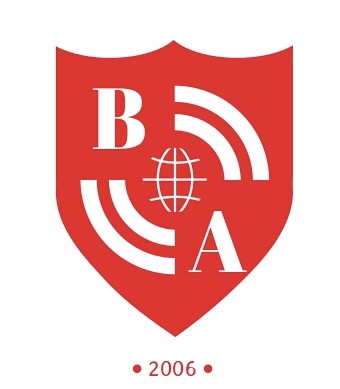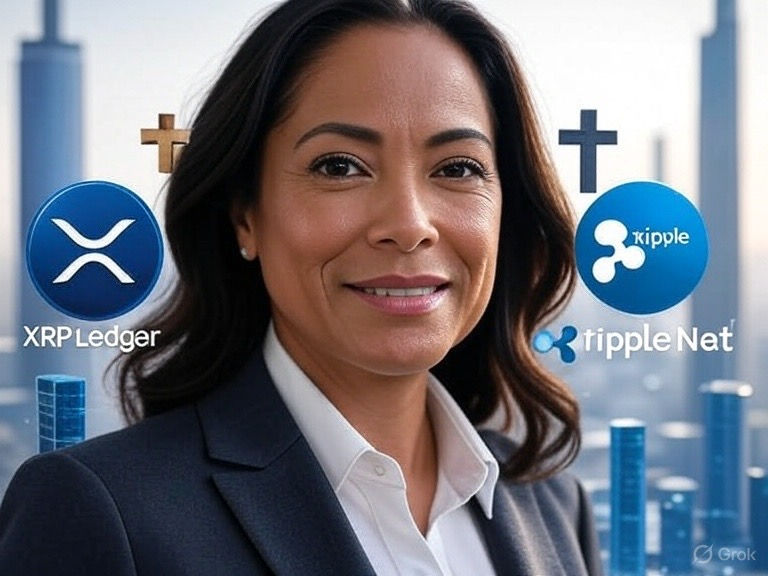NFTs EXPLAINED: For Students and Beginners (Part 1)
- Business Anthropology

- Oct 12, 2022
- 2 min read

“Fungible” is not a word you hear much in conversation. When something is fungible, it can be exchanged or traded for an identical item with the same value. Think of the saying “Trading apples for apples.” If I have a can of Pepsi, I can exchange it for an identical can of Pepsi. The can of soda is fungible. Physical fiat or national currencies and cryptocurrencies like Bitcoin are examples of fungible assets. They can be traded and exchanged. $1 can be traded with another $1, 1 Bitcoin is equal to 1 Bitcoin. This system of trade works because everyone agrees on the “value.” With Bitcoin, value is stored on the blockchain (explained in Part 3). Non-Fungible Assets or NFTs are different from physical currencies and Bitcoin because they’re non-fungible; they are unique. Every NFT has a completely unique value and can’t be easily traded or bartered for another NFT (unless both parties involved decide they share the same value). I will trade you this Willie Mays card for that Mickey Mantle.
With that said, 1 NFT does not automatically equal 1 other NFT. They can have vastly different values, which are completely subjective and unique to that specific NFT. If I ordered a custom Harley Davidson for my father, I can’t go back to the dealership and exchange it for a different motorcycle because the motorcycle I ordered is customized/unique. Similarly, if I am the owner of an NFT, I have a unique digital item that cannot be replaced with an identical one. The scarcity, the rarity or uniqueness is one of the factors that makes each NFT a unique or have any value. An NFT can represent the ownership of anything from a GIF file, a piece of artwork, a video game element like a character or skin, to even a real world plot of land or real estate. NFTs signify the ownership of a physical or digital item. Each NFT is a crypto asset with a unique identification code and metadata that makes it unique from other NFTs. One way to utilize blockchain technology and public ledgers, is to house/store and record the existence and ownership of NFTs. The important thing to understand is blockchain records are secure/unchangeable. When someone owns an NFT, whether for a physical or a virtual item, it’s official.



Comments